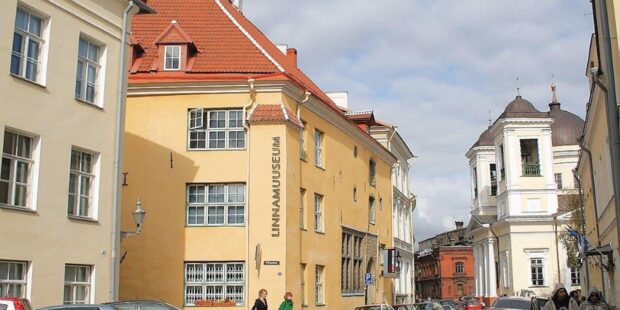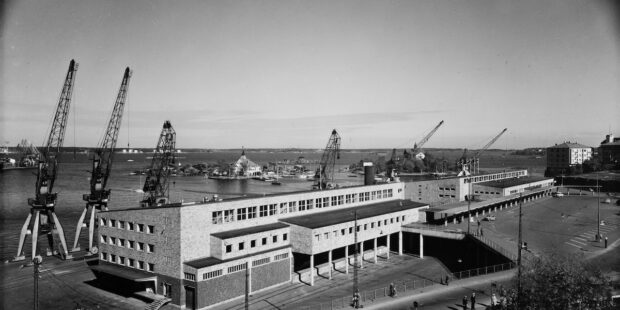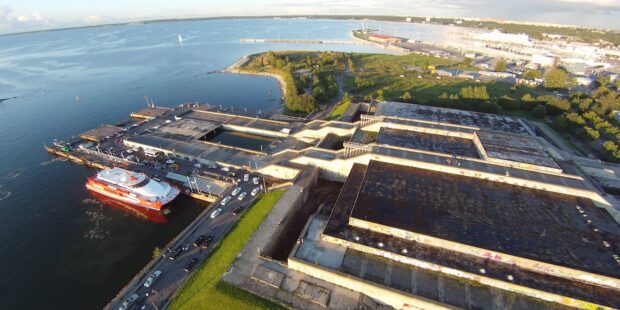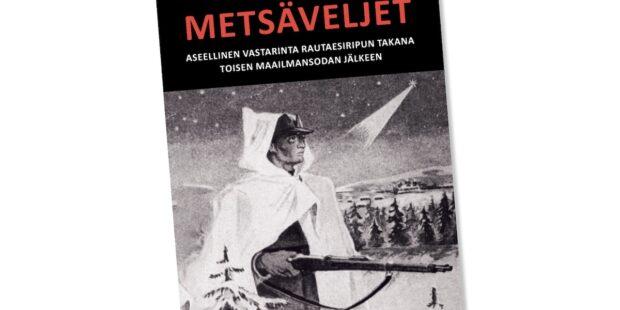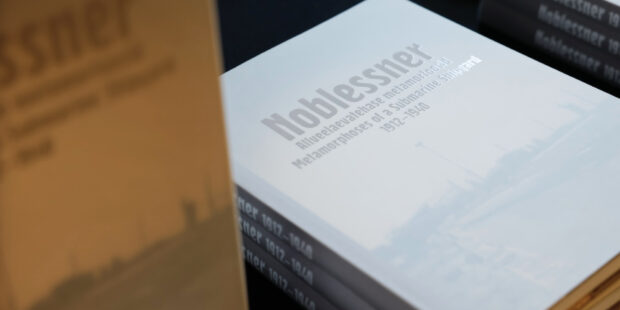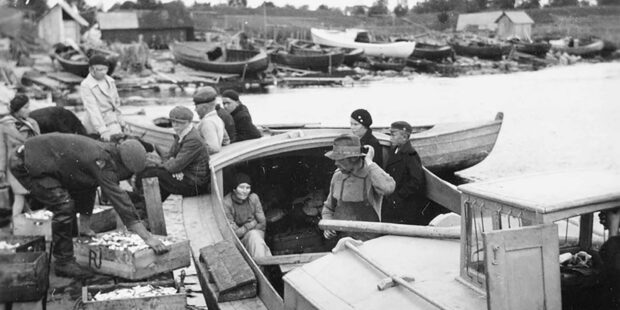Estonian literature celebrates 500 years—rarities on display at the St Nicholas Church and Museum
Text Susanna Poikela Photos Tallinn City Archives, Tallinn University Academic Library, Gottfried Wilhelm Leibniz Library, Hannover
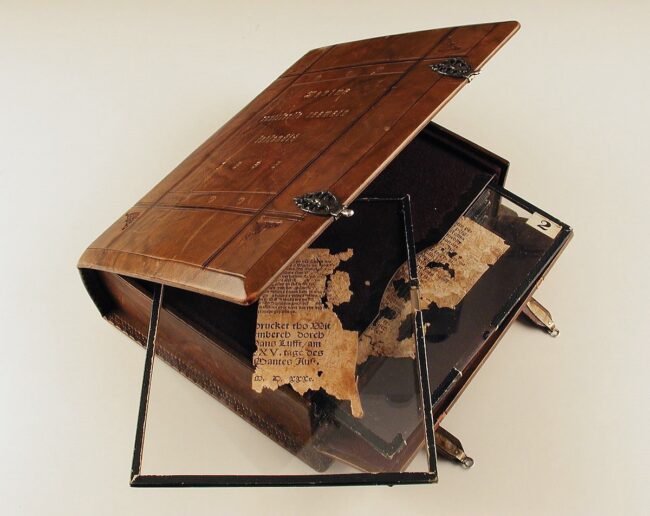 Wanradt-Koell Catechism, the oldest surviving printed text in Estonian. Fragments. Wittenberg, 1535. Tallinn City Archives
Wanradt-Koell Catechism, the oldest surviving printed text in Estonian. Fragments. Wittenberg, 1535. Tallinn City Archives
This year marks the 500th anniversary of the publication of the first book in Estonian. This anniversary will be celebrated in a spectacular way in Tallinn, when the exhibition “Estonian Book 500: Relics” opens at the St Nicholas Church and Museum on Friday, 25 April. The rarest treasures of Estonian literary history will be on display, offering a cross-section of the development of literary culture and printed products in the 16th–19th centuries.
The exhibition offers a unique opportunity to get acquainted with original manuscripts and printed materials that are deeply rooted in Estonian culture. On display are, among others, the Kullamaa Tax Collection Book (c. 1524–1532), the Wanradt and Koell Catechism (1535), Georg Müller‘s sermons (1600–1607), Reiner Brockmann‘s poem (1637), and the Wastne Testament (1686).
The oldest Estonian-language work, printed in 1525, has not survived, but the exhibition features rare fragments of Wanradt and Koell’s Catechism—the first partially preserved printed work in Estonian, which launched the country’s printing tradition.
Many of the works in the exhibition are so rare that they are not usually displayed. On temporary display are, for example, Martin Luther‘s letters (1531–1533), Käsu Hans‘s lament (c. 1708) and Kristjan Jaak Peterson‘s songs (1818), which are on loan from the Tallinn City Archives, the National Archives of Estonia, and the Literary Museum.
According to the exhibition’s curator, Aivar Põldvee, the whole thing tells the story of Estonians’ journey towards civilisation and a cultural nation. “The exhibition brings together the history of Estonian book culture and the written word from its beginnings to the time of the National Awakening, i.e. from the Kullamaa manuscript to the Kalevipoeg epic,” Põldvee describes.
St Nicholas Church itself has played an important role in the literary history of Estonia. The first printed books arrived in its library as early as 1470. The oldest public library in Tallinn and all of Estonia, and the predecessor of the current Tallinn University Scientific Library, began operating in connection with St Nicholas Church in 1552. The St Nicholas Library was annexed to it a hundred years later, and the collection was soon supplemented by a significant donation of books from the church’s pastor, Nicolaus Specht.
The exhibition is open from 25 April to 26 October. Read more about the exhibition and the St Nicholas Church and Museum here.
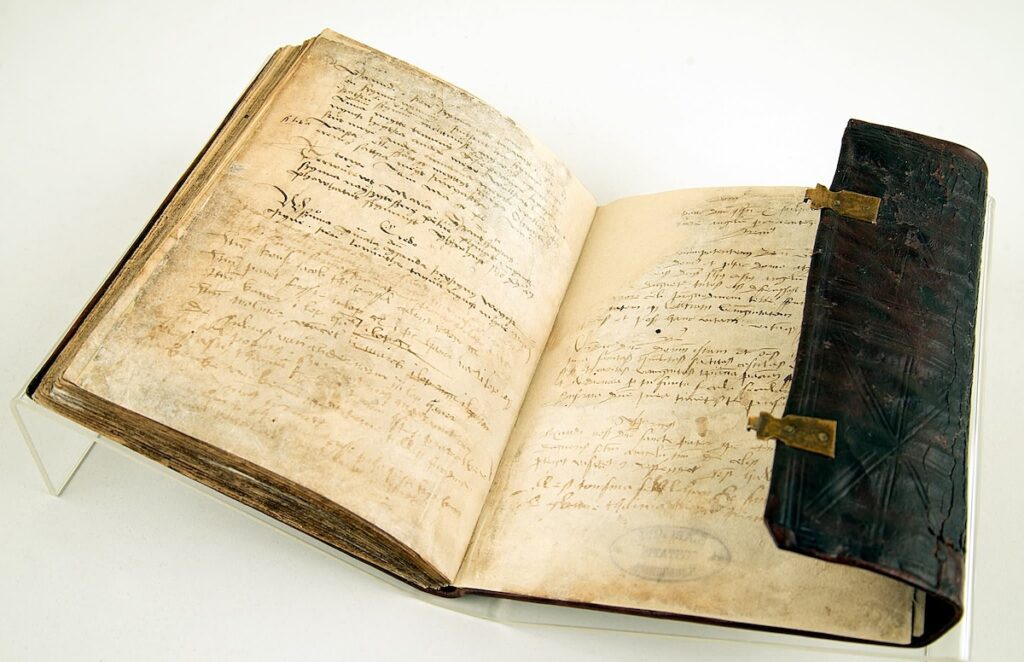
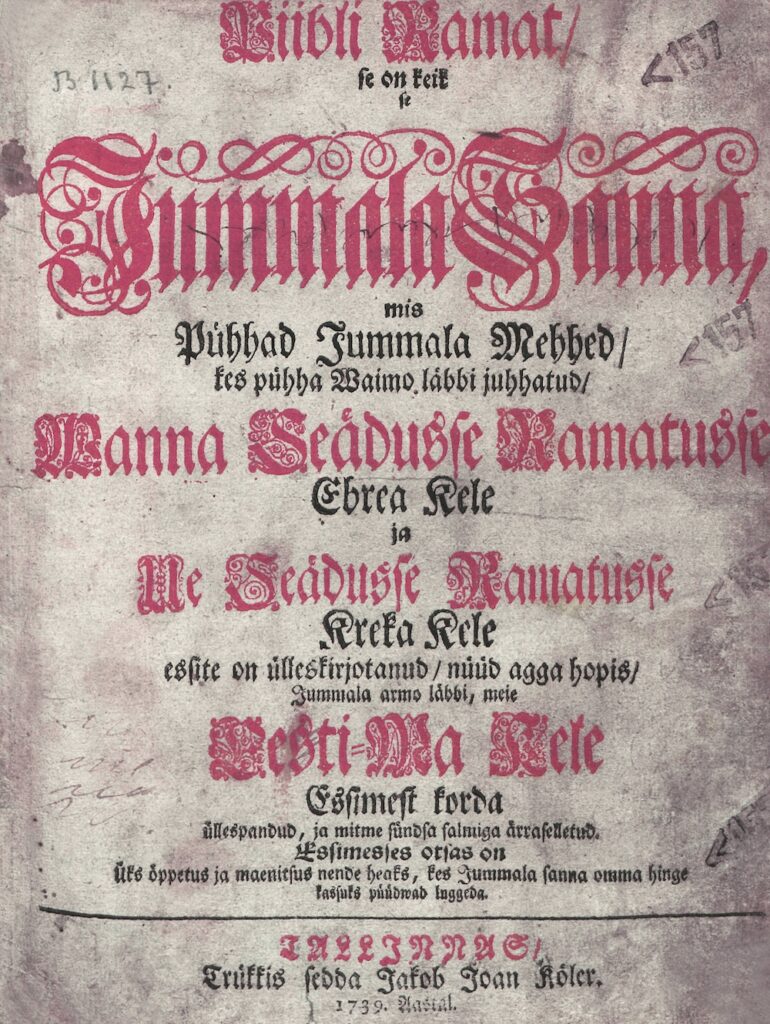
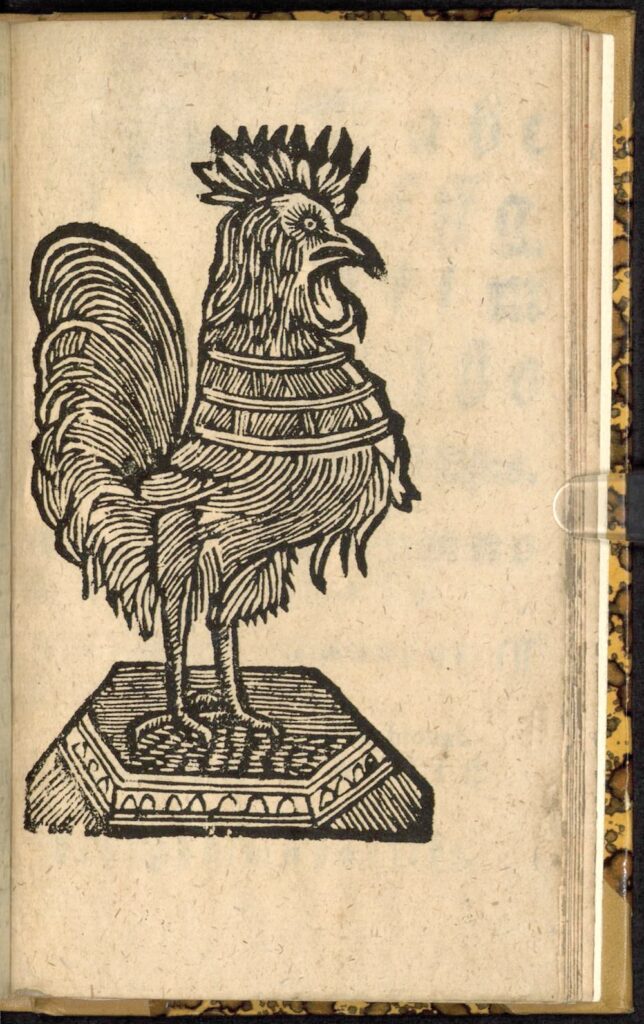
To learn more about this and similar topicschurch history Estonian Book 500 Estonian literature Exhibitions History Museums Niguliste St Nicholas Church

